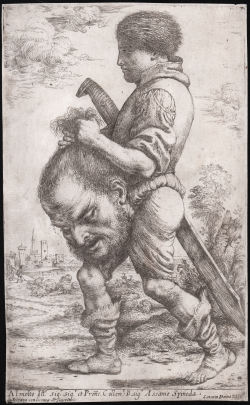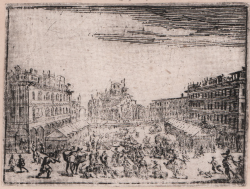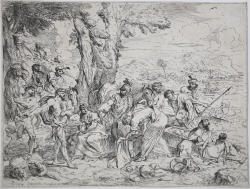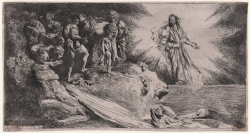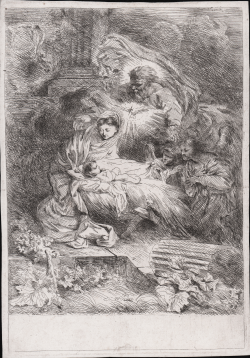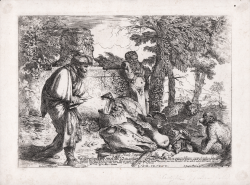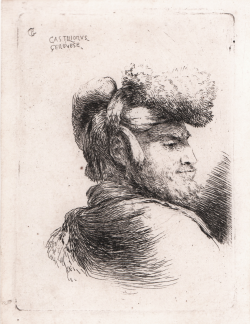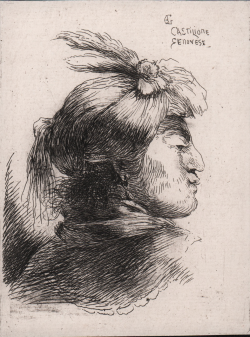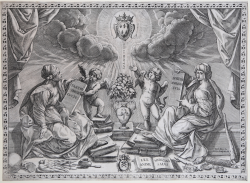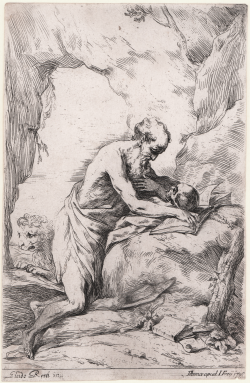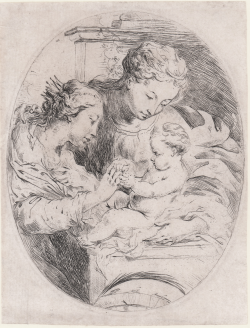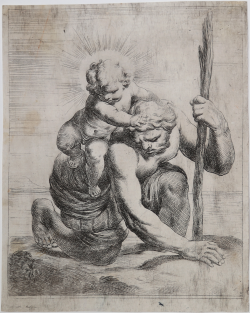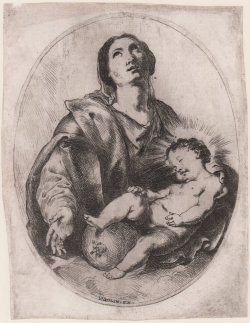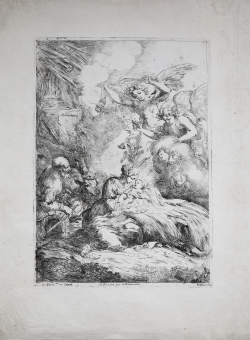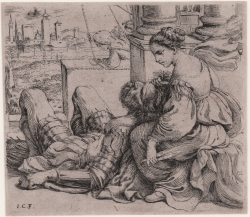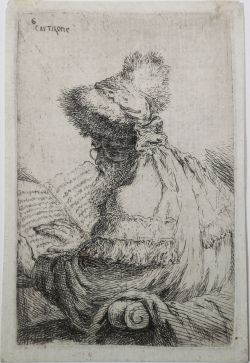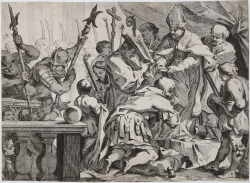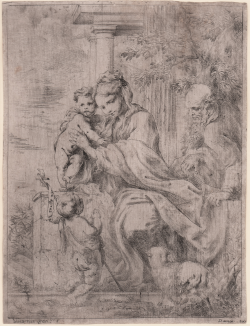Piazza del Duomo a Milano & Macchina da Fuoco raffigurante l’Etna...
Melchiorre GHERARDINI
Code:
S5300
Measures:
73 x 55 mm
Year:
1631
Laban Searching for Idols
Giovanni Benedetto CASTIGLIONE detto "Il Grechetto"
Code:
S37093
Measures:
332 x 250 mm
Year:
1640 ca.
The Madonna and Child surrounded by God the Father, the Holy Spirit...
Giovanni Benedetto CASTIGLIONE detto "Il Grechetto"
Code:
S30156
Measures:
205 x 294 mm
Year:
1645 ca.
Diogenes searching for an honest man
Giovanni Benedetto CASTIGLIONE detto "Il Grechetto"
Code:
S43970
Measures:
302 x 220 mm
Year:
1645 ca.
Head in profile to right with beard and furry hat
Giovanni Benedetto CASTIGLIONE detto "Il Grechetto"
Code:
S46039
Measures:
80 x 115 mm
Year:
1645
Head in profile to right with two feathers in hat
Giovanni Benedetto CASTIGLIONE detto "Il Grechetto"
Code:
S46038
Measures:
80 x 105 mm
Year:
1645 ca.
The mystic marriage of St. Catherine
Bartolomeo BISCAINO
Code:
S30025
Measures:
113 x 148 mm
Year:
1650 ca.
The Madonna with the Young Christ sleeping
Bartolomeo BISCAINO
Code:
S37786
Measures:
115 x 151 mm
Year:
1650 ca.
Old man reading
Giovanni Benedetto CASTIGLIONE detto "Il Grechetto"
Code:
S37787
Measures:
90 x 139 mm
Year:
1650 ca.
Otto the Great crowned in the church of S. Ambrogio in Milan
Giacomo Cotta
Code:
S37782
Measures:
304 x 223 mm
Year:
1650 ca.
The Holy Family with St. John
Bartolomeo BISCAINO
Code:
S21434
Measures:
240 x 180 mm
Year:
1655 ca.


